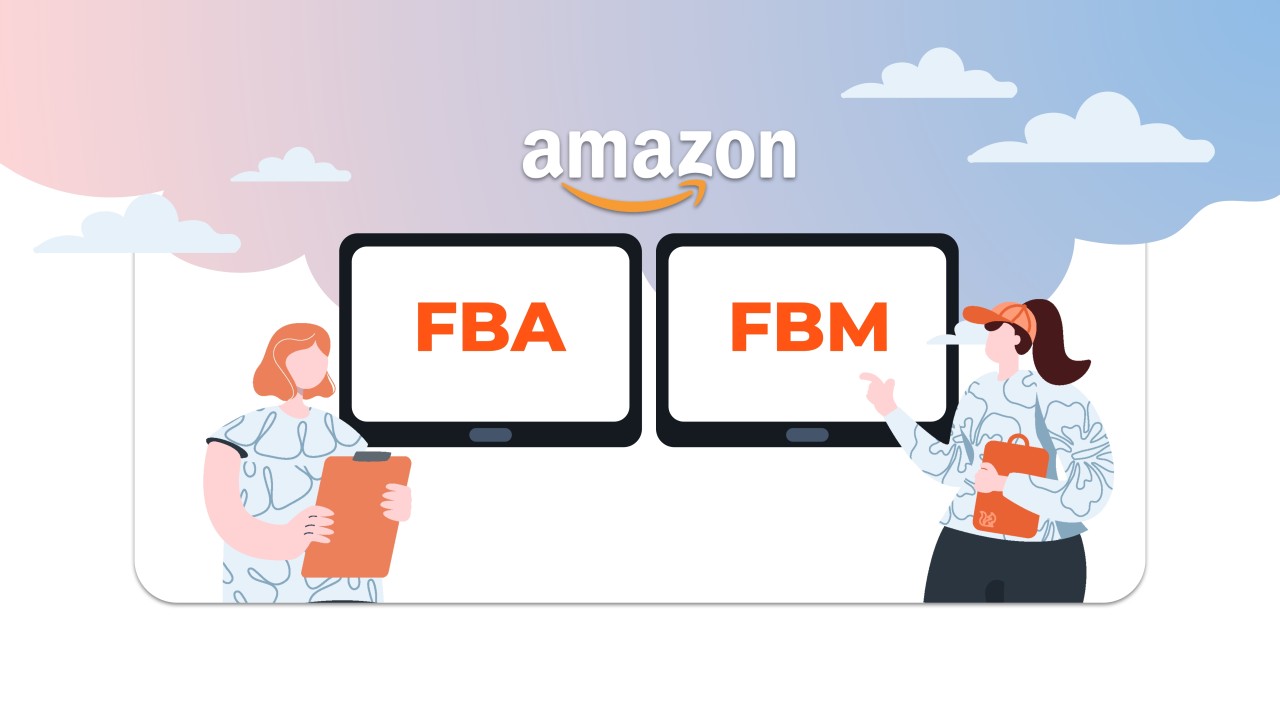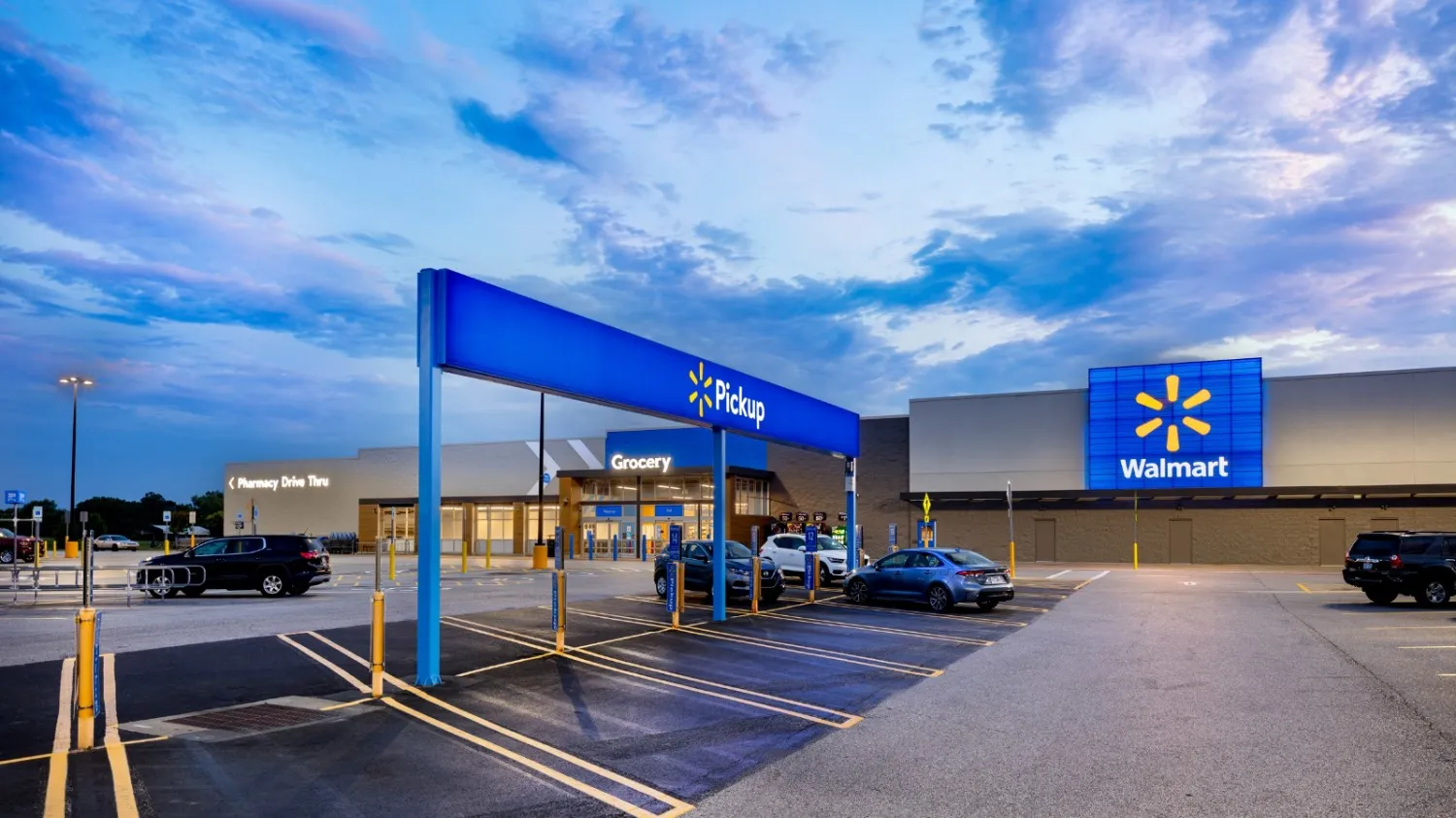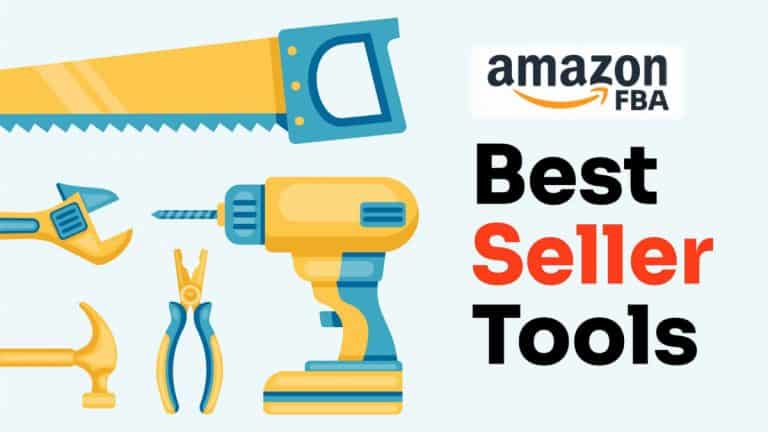Amazon FBA vs. FBM for 7-Figure Sellers: Cost-Benefit Analysis

When selling on Amazon, high-volume sellers generating seven figures in revenue must carefully assess the fulfillment method that best suits their business model. The two primary options are Fulfillment by Amazon (FBA) and Fulfillment by Merchant (FBM). Each has distinct advantages and drawbacks, particularly when it comes to cost, control, scalability, and profitability. This article explores the key differences and provides a cost-benefit analysis tailored for seven-figure sellers.
Understanding FBA and FBM
Fulfillment by Amazon (FBA)
FBA allows sellers to store their inventory in Amazon’s fulfillment centers. Amazon takes care of storage, picking, packing, shipping, customer service, and returns. This method provides access to Prime customers and offers fast shipping options, which can boost conversions.
Fulfillment by Merchant (FBM)
FBM sellers handle their own storage, packaging, and shipping or work with a third-party logistics (3PL) provider. This approach gives sellers more control over their inventory, branding, and shipping processes but requires more operational oversight.
Cost Comparison: FBA vs. FBM
For seven-figure sellers, fulfillment costs significantly impact profitability. Here’s a breakdown of key cost factors:
1. Storage Fees
FBA: Storage fees are charged monthly based on volume, with higher peak-season rates (October-December). Long-term storage fees apply to slow-moving inventory.
FBM: Sellers pay for warehousing and fulfillment centers, but they can negotiate better terms with third-party providers or use their own facilities.
2. Fulfillment Fees
FBA: Amazon charges per-unit fees based on size and weight. These costs can be high, especially for bulky items.
FBM: Costs vary depending on in-house fulfillment efficiency or third-party logistics (3PL) fees. 3PLs often provide flexible pricing.
3. Shipping Costs
FBA: Amazon negotiates bulk shipping rates, making FBA competitive for small and lightweight products.
FBM: Sellers can negotiate shipping discounts with carriers but may face higher costs for expedited delivery.
4. Customer Service & Returns
FBA: Amazon handles customer service and returns, but refund fees apply, cutting into profits.
FBM: Sellers manage customer service directly, which can lead to better brand reputation but requires more resources.
5. Amazon Fees & Prime Access
FBA: Additional fees include referral fees, storage, and removal fees. However, access to Prime customers often increases conversions.
FBM: Avoids FBA fees but requires excellent fulfillment performance to qualify for Seller-Fulfilled Prime (SFP).
Benefit Analysis: Which is Best for Seven-Figure Sellers?
When FBA is the Better Option
High-Volume, Fast-Turnover Products: If products sell quickly, the benefits of FBA’s Prime eligibility and fast shipping outweigh storage fees.
Small and Lightweight Items: Amazon’s discounted shipping rates make FBA more cost-effective.
International Expansion: FBA simplifies global selling by handling international logistics and customer service.
Customer Service Delegation: Saves time and resources by outsourcing fulfillment and returns management to Amazon.
When FBM is the Better Option
Large, Heavy, or Oversized Items: FBA storage and fulfillment fees for bulky items can be prohibitive.
High-Margin, Low-Turnover Products: Avoiding Amazon’s storage and fulfillment fees helps maintain profitability.
Greater Control Over Branding & Customer Experience: Ideal for businesses that prioritize direct customer engagement and brand differentiation.
Supply Chain Flexibility: FBM allows sellers to diversify fulfillment channels and not be entirely reliant on Amazon’s systems.
Final Verdict: Hybrid Model for Maximum Profitability
For seven-figure sellers, a hybrid approach—using both FBA and FBM—often provides the best balance. High-demand, fast-selling items can be fulfilled through FBA to leverage Prime access, while slower-moving or oversized products can be fulfilled via FBM to reduce costs.
Ultimately, the choice between FBA and FBM should align with your business’s financial goals, product characteristics, and operational capabilities. By analyzing fulfillment costs, storage fees, and customer service needs, seven-figure sellers can optimize their Amazon business for maximum profitability and scalability.





